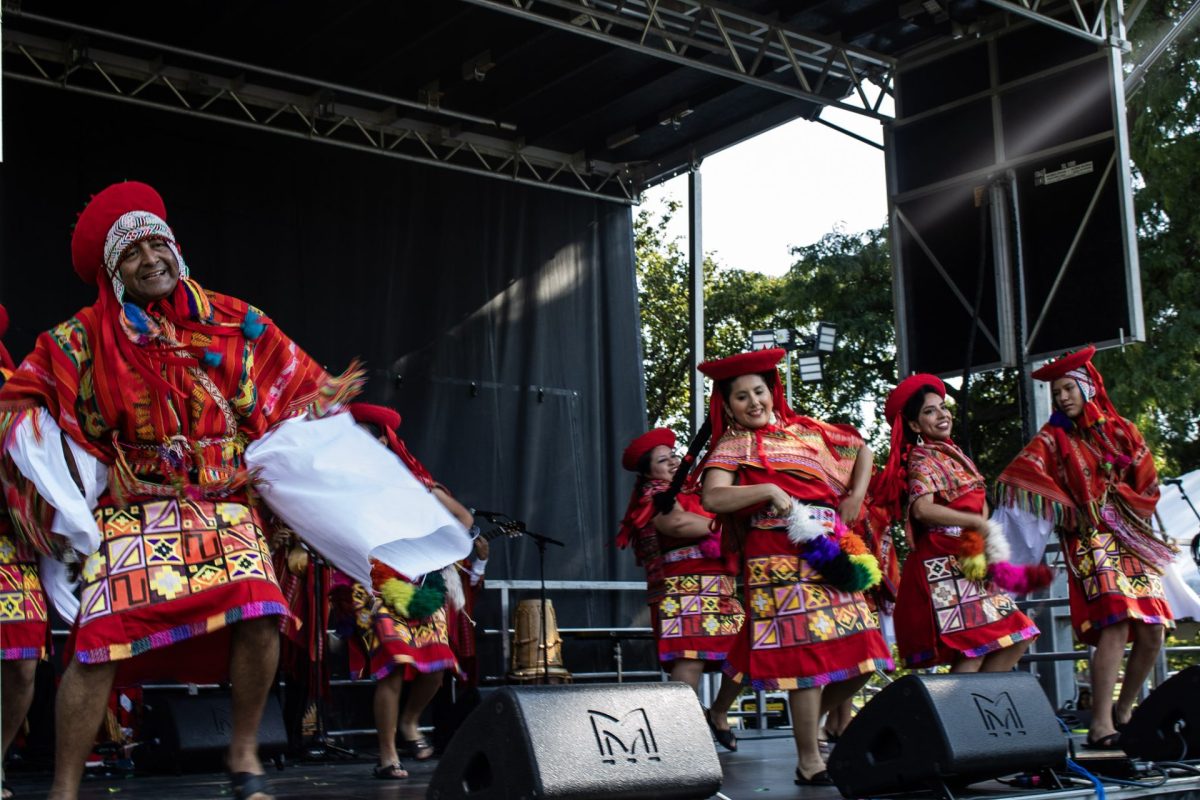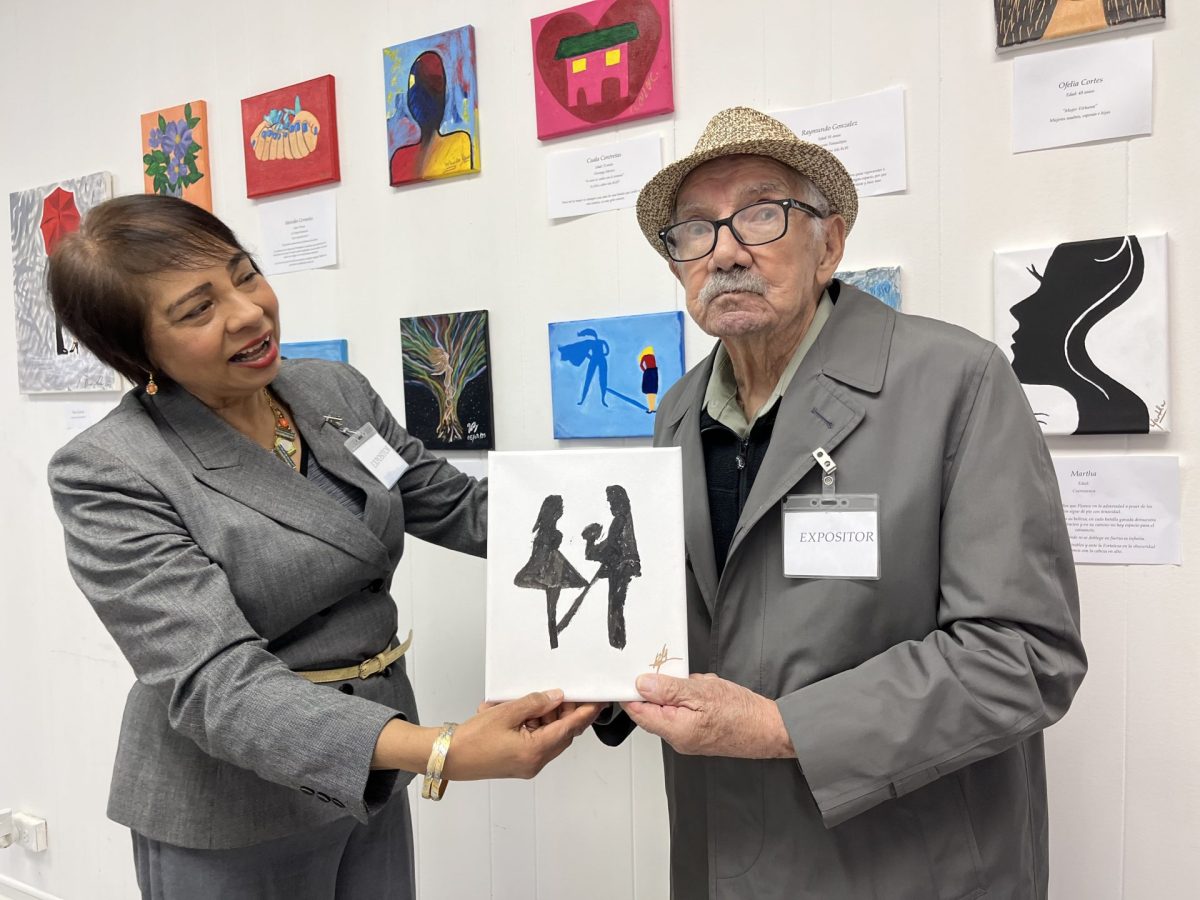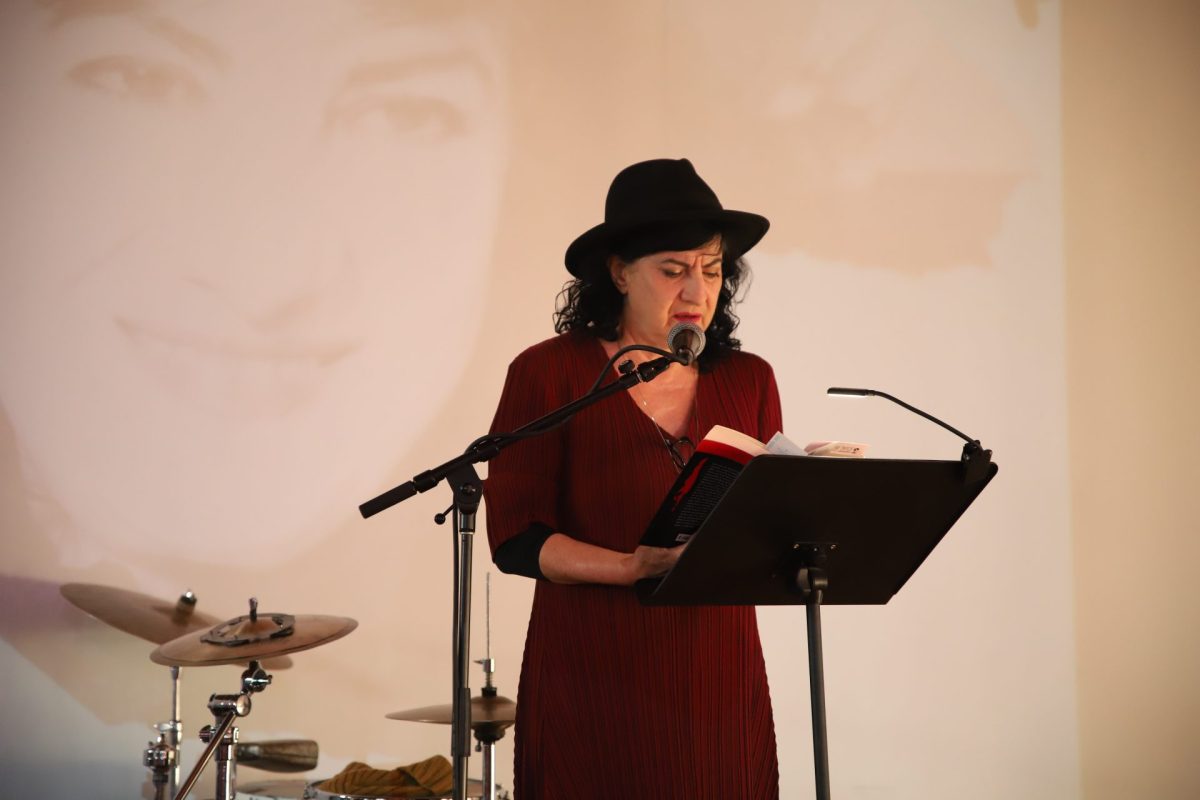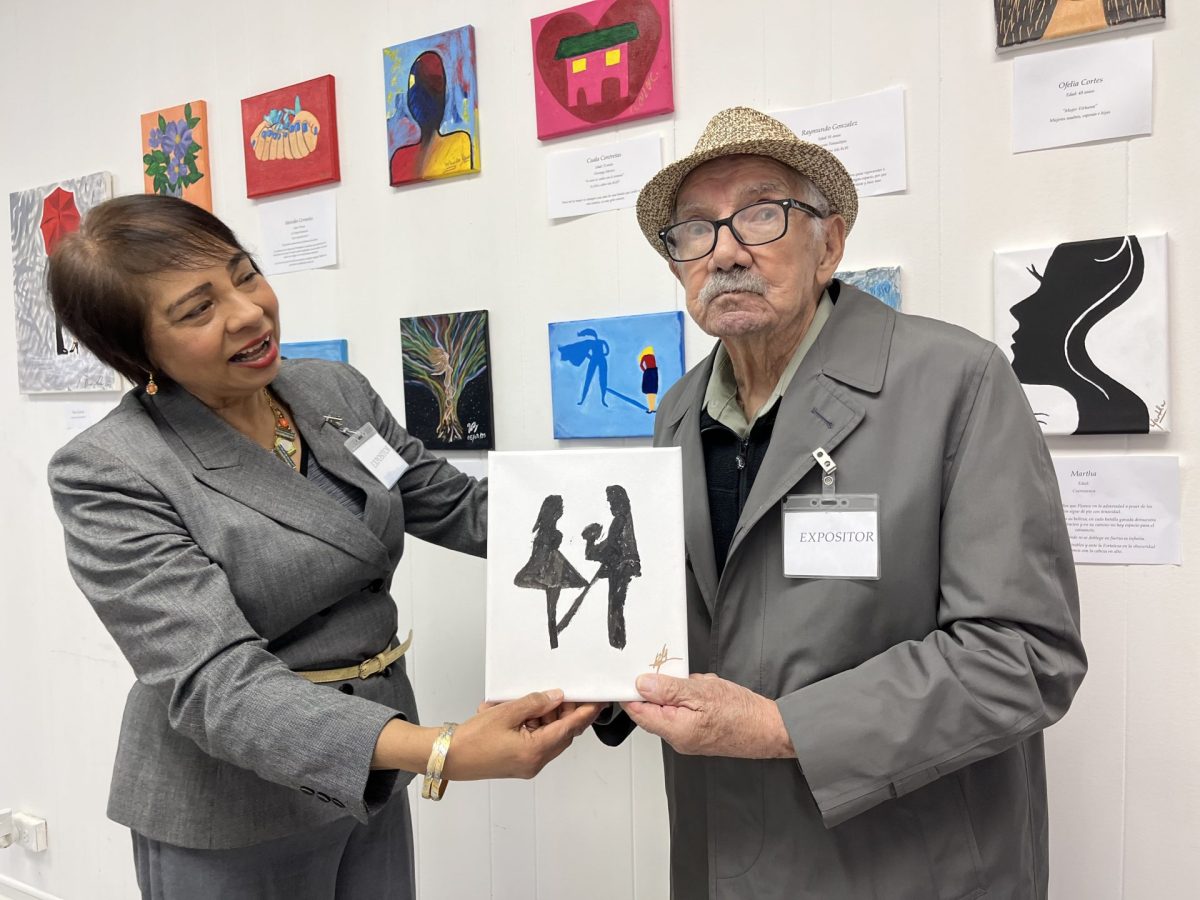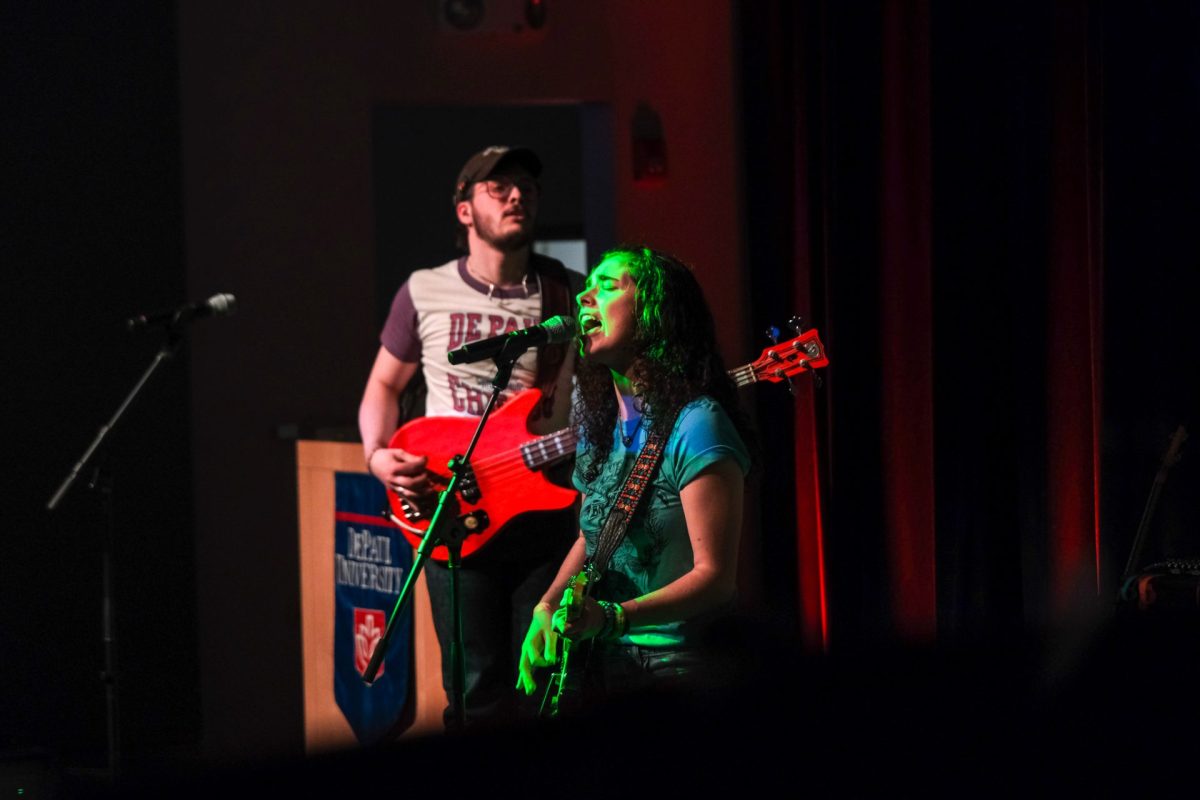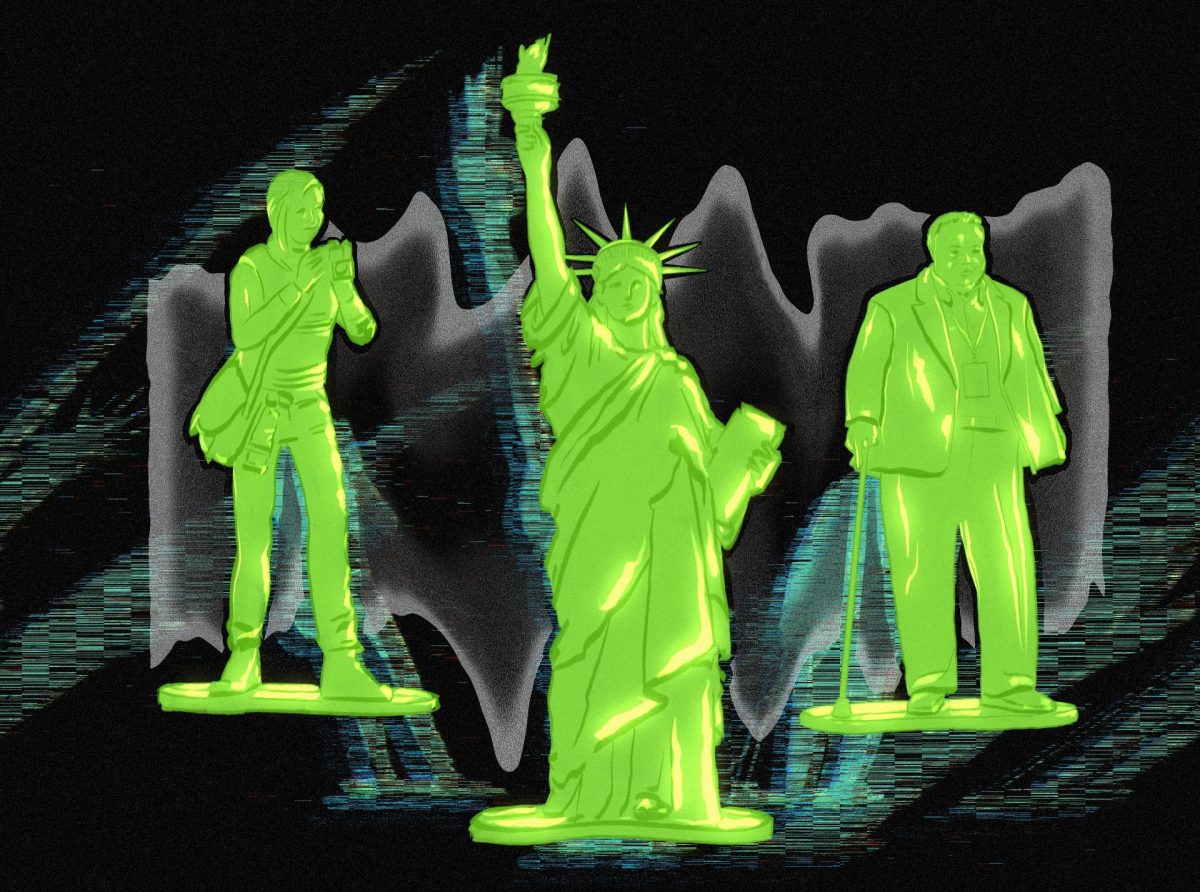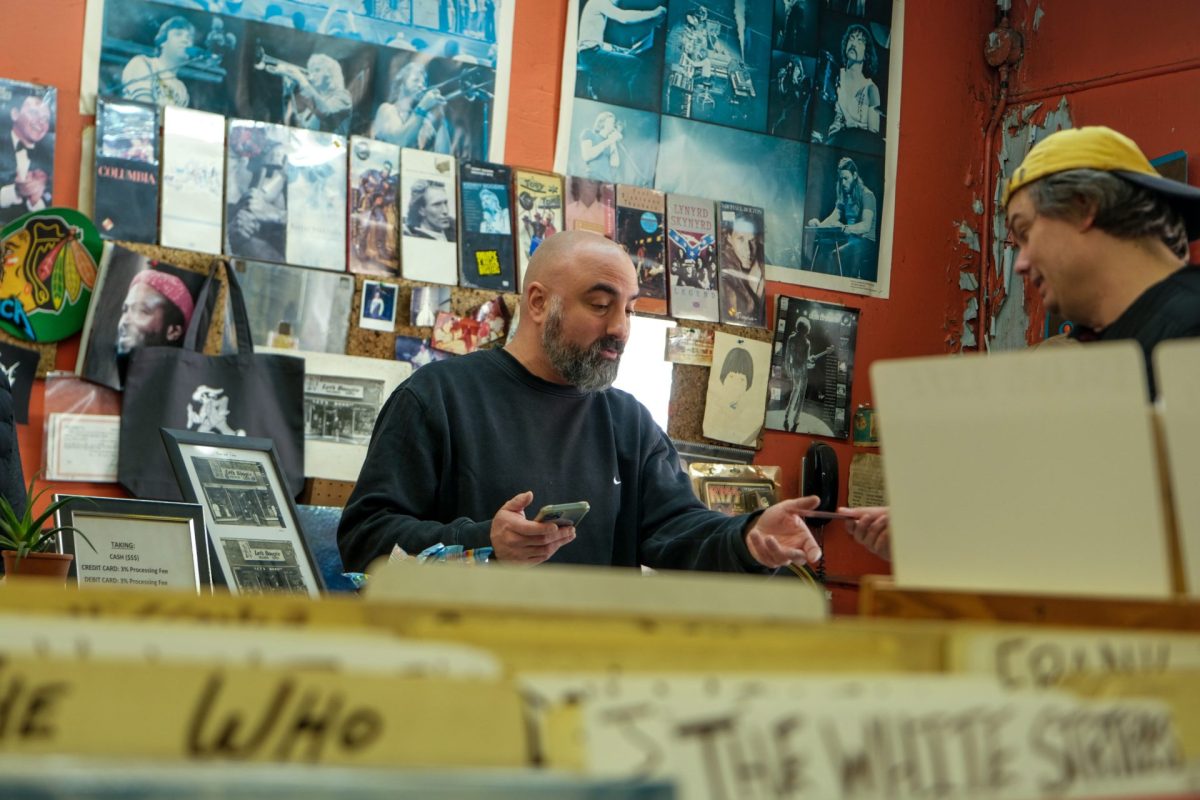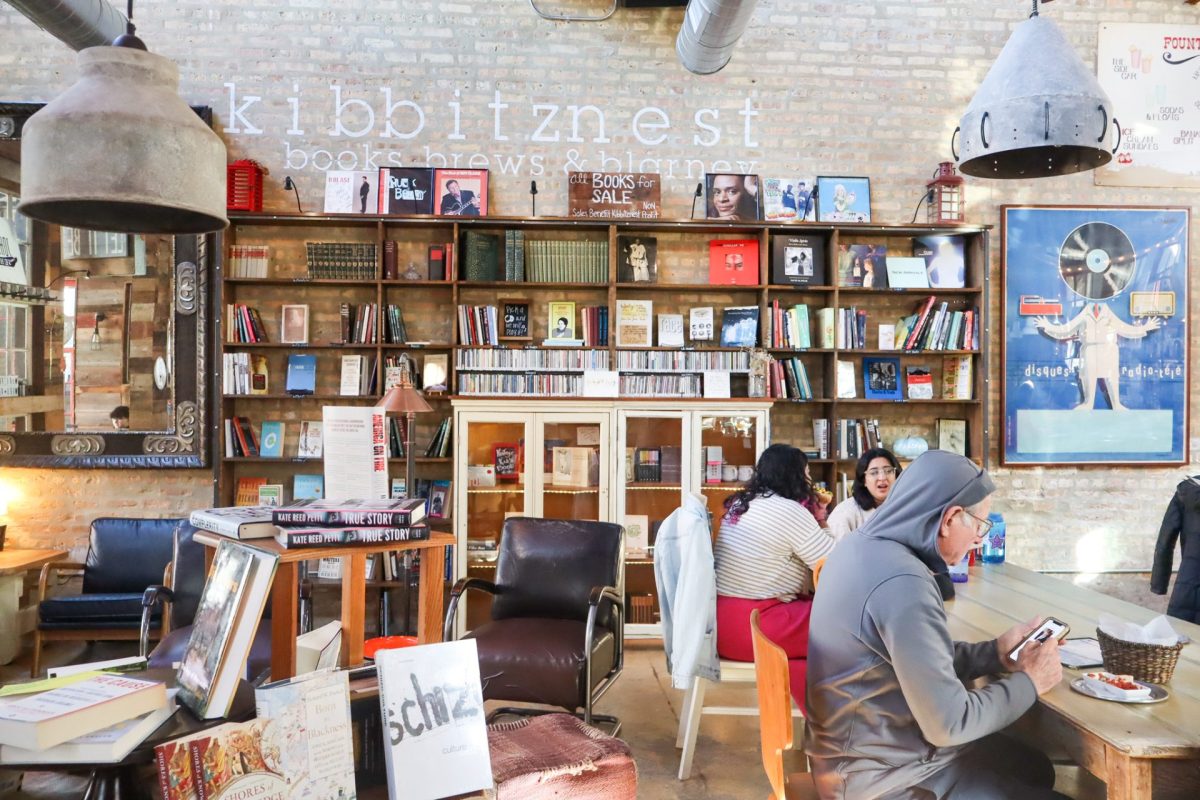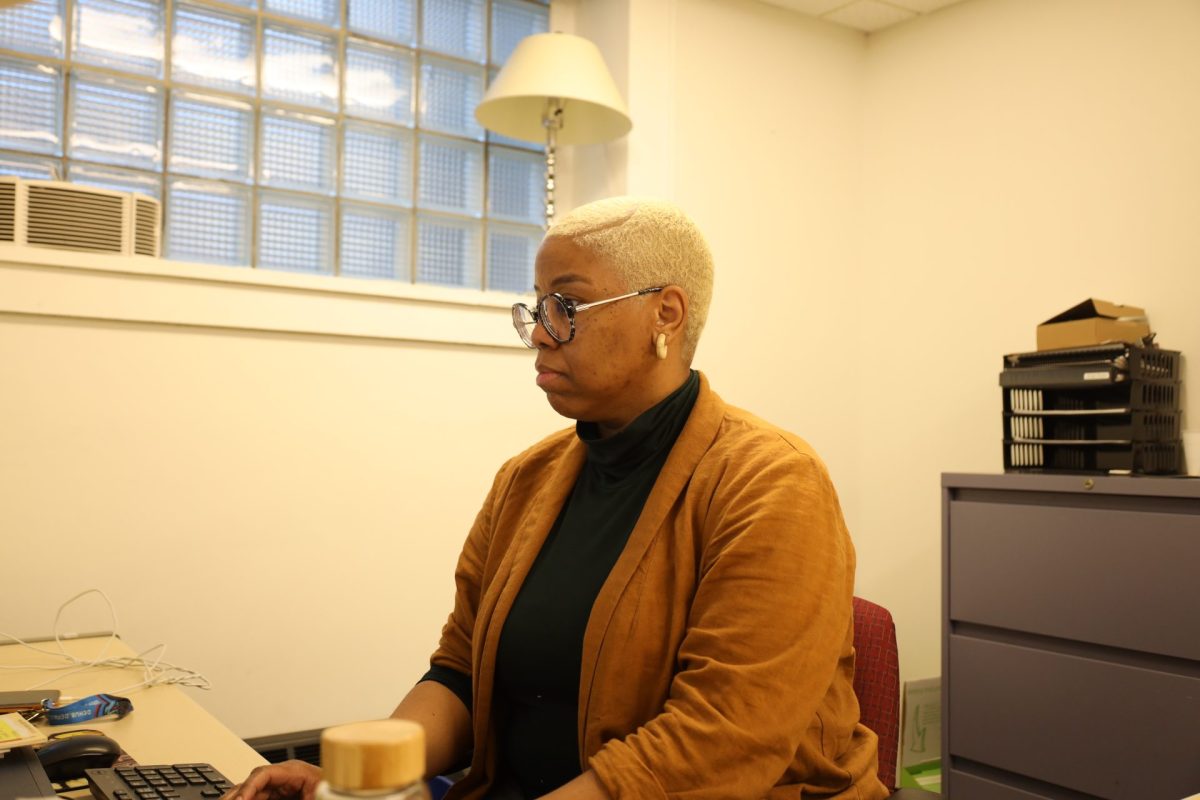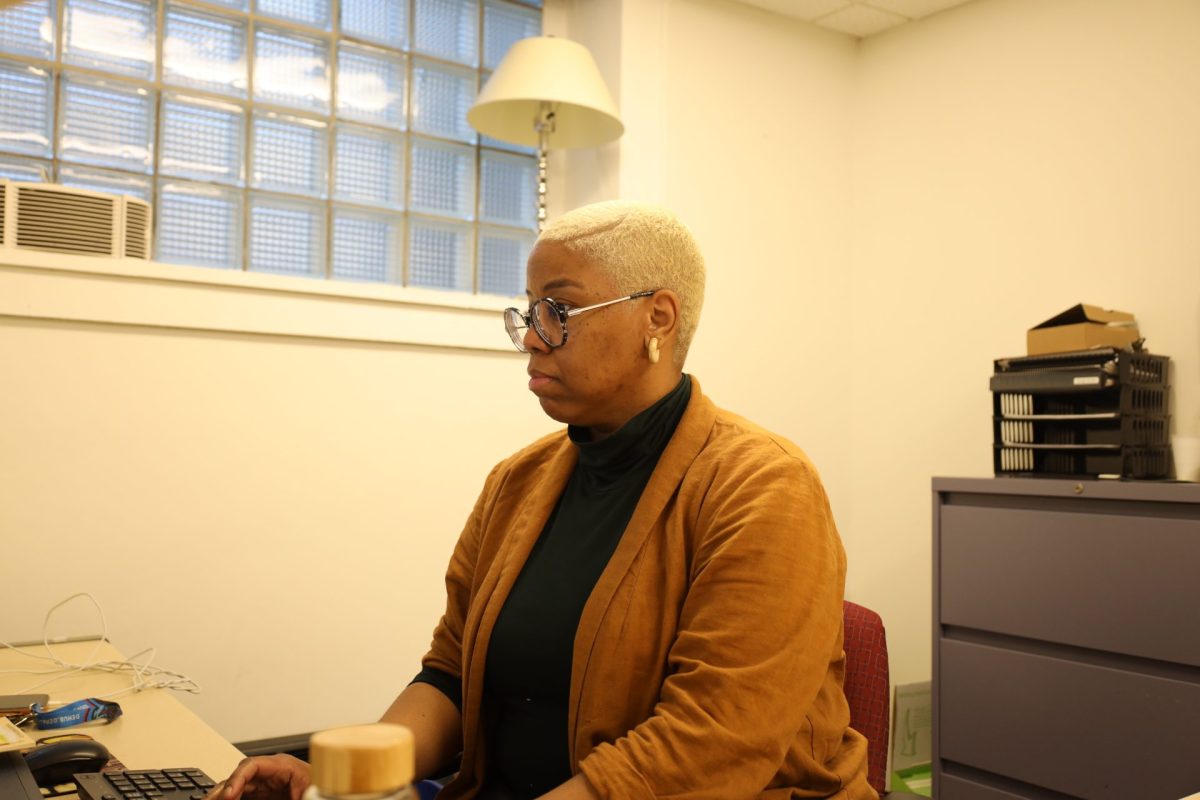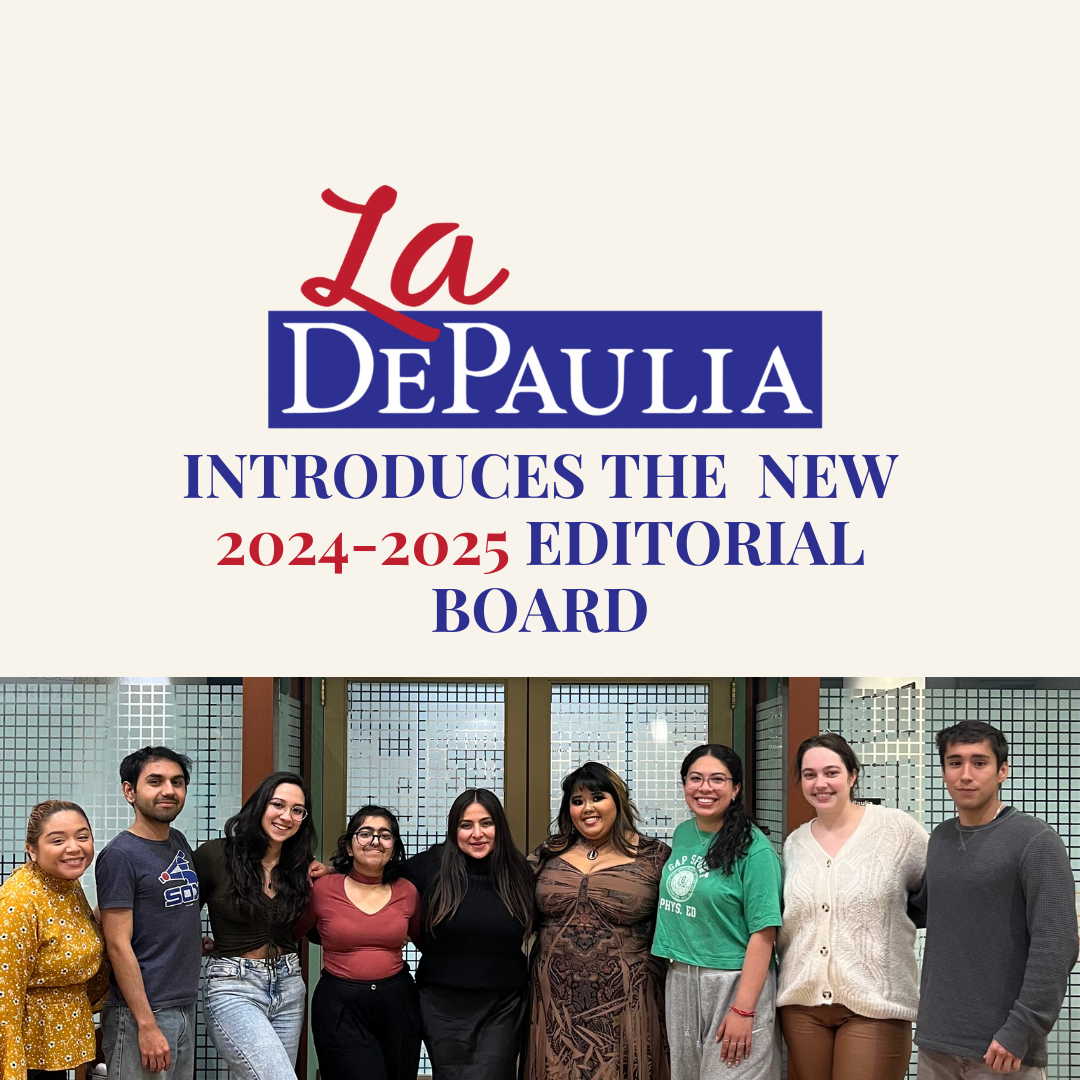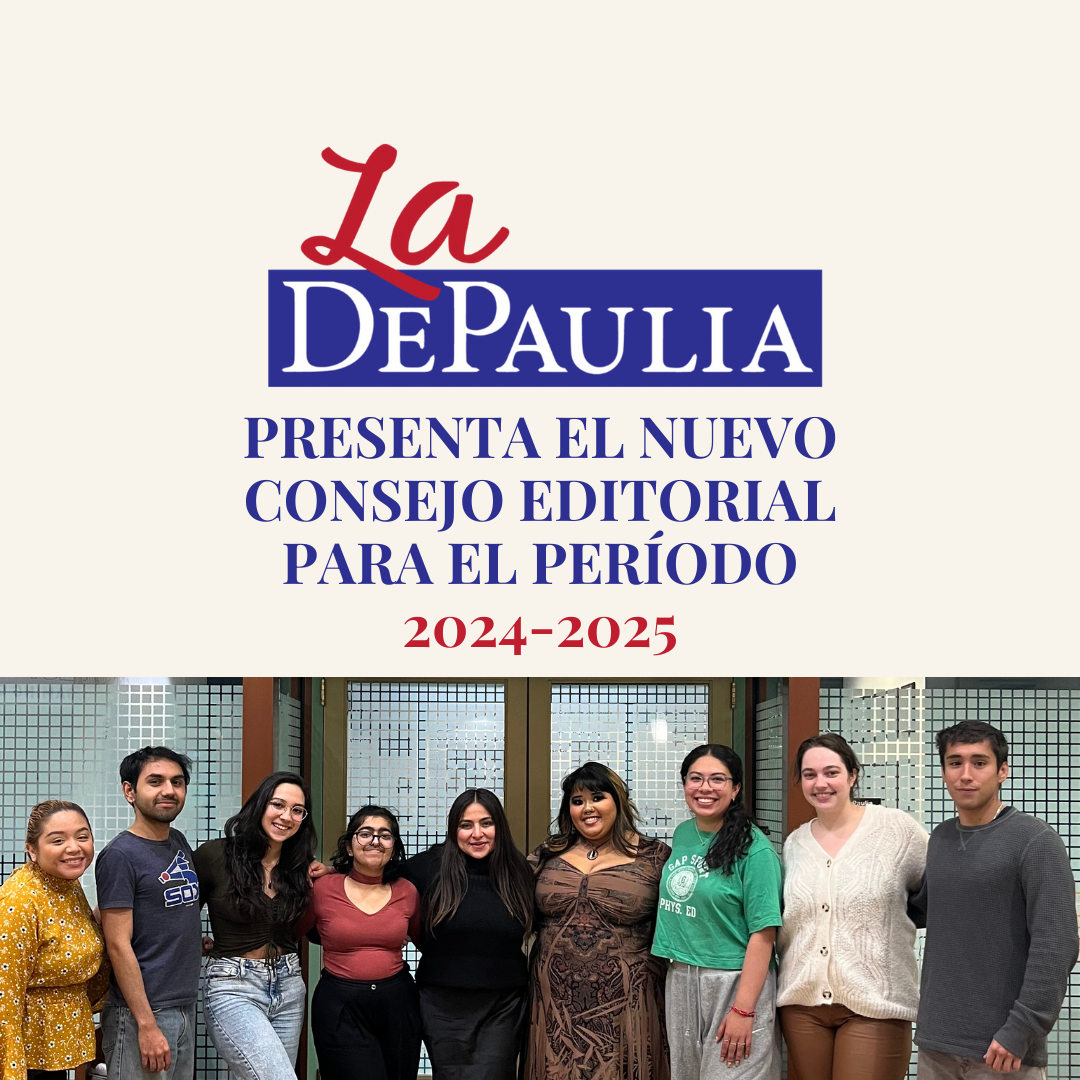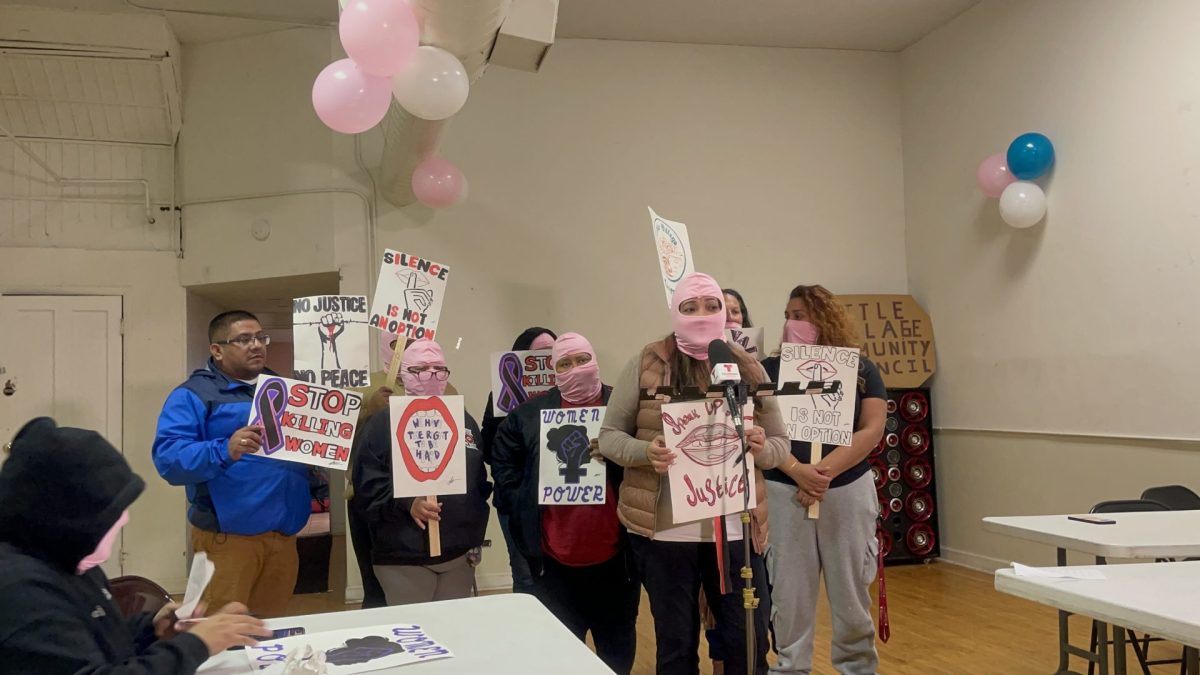Dancers across the city connected and showcased their Latino roots at the inaugural Chicago Latino Dance Festival (CLDF) on Sept. 30., hosted by the International Latino Cultural Center of Chicago (ILCC). The festival was held in different locations, one of which was Humboldt Park, and included 37 dance groups with connections to 16 different Latin American countries.
The ILCC is a pan-latino multidisciplinary organization that hosts a variety of events, including the Chicago Latino Film Festival. Mateo Mulcahy, the deputy executive director of ILLC said that they began planning the dance festival after he noticed there was no other dance festival in the city that gave a “comprehensive” view of all the Latino cultures and their dances.
“Over the last couple of years, we have made a concerted effort to diversify our programming,” Mulcahy said. “We have done a lot of music, dance, theater and comedy, but we wrapped it up significantly.
The various types of Latino dances showcased at the festival included traditional and folkloric, modern and other popular dances like salsa, merengue, bachata, samba and tango. Almost all the dances were choreographed by Latinos, a purposeful move by Mulcahy who, “wanted to make sure we were including our entire latino dance community.”
Pepe Vargas, the executive director and founder of the cultural center, said that when he was working alongside Mulcahy, his vision was for the event to “unite us.”
“The great differences we see among ourselves is in the richness of our cultures,” Vargas said. “We discover that with music, with film, with poetry, with dance. There is so much difference even within each country.”
Members of the Laruni Haiti Garifuna Dance Group were among those who shared their culture when they took on the “Subelo!” stage at the Global Peace Picnic last month.
The dance group was formed in 2010, consisting of an array of drummers, singers and dancers who specialize in several cultural dances, said Fidelis Huestes, a member of the dance group.
Hunguhungu, a swaying dance, was one of the dances the group showcased at the festival. They also included Punta, which is the most popular dance, according to group members, Chumba, which is similar to salsa and a combination dance, which is a mixture of Hunguhungu and Punta.
Laruni Hati has performed at several events in the Chicagoland area pre-pandemic and reunited for the festival, Hustes said. The majority of their dances are Belizean-American but have roots in Honduras and Guatemala.
Huestes said she was excited to participate in the festival, and shared the significance of the Laruni Hati Garifuna Dance Group’s involvement.
“It was a showcasing of our culture and to let people know that Belize is part of Latin America and that it’s the only english speaking country in Latin America. Also showcasing that there are different cultures in Belize itself…I’m totally excited and I know other people are excited to see us on stage… We want to make sure that the city of Chicago knows we are still here and that we exist,” said Huestes.
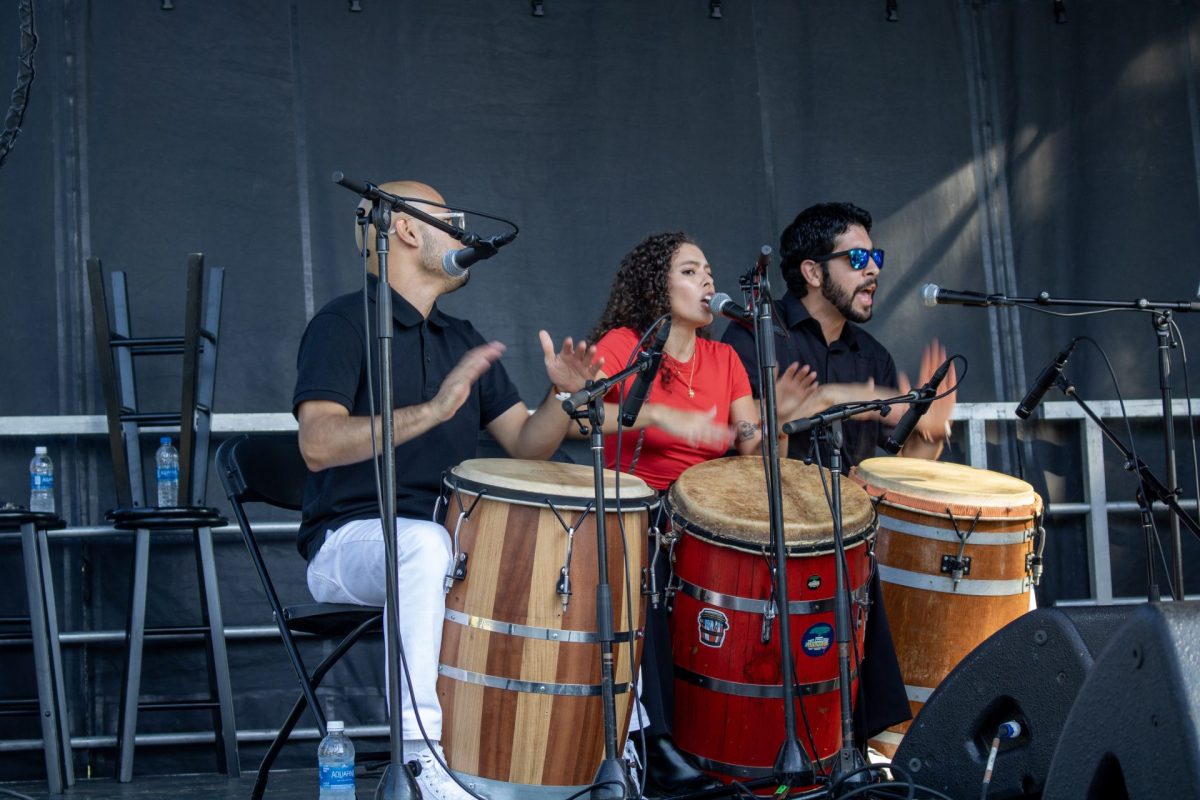
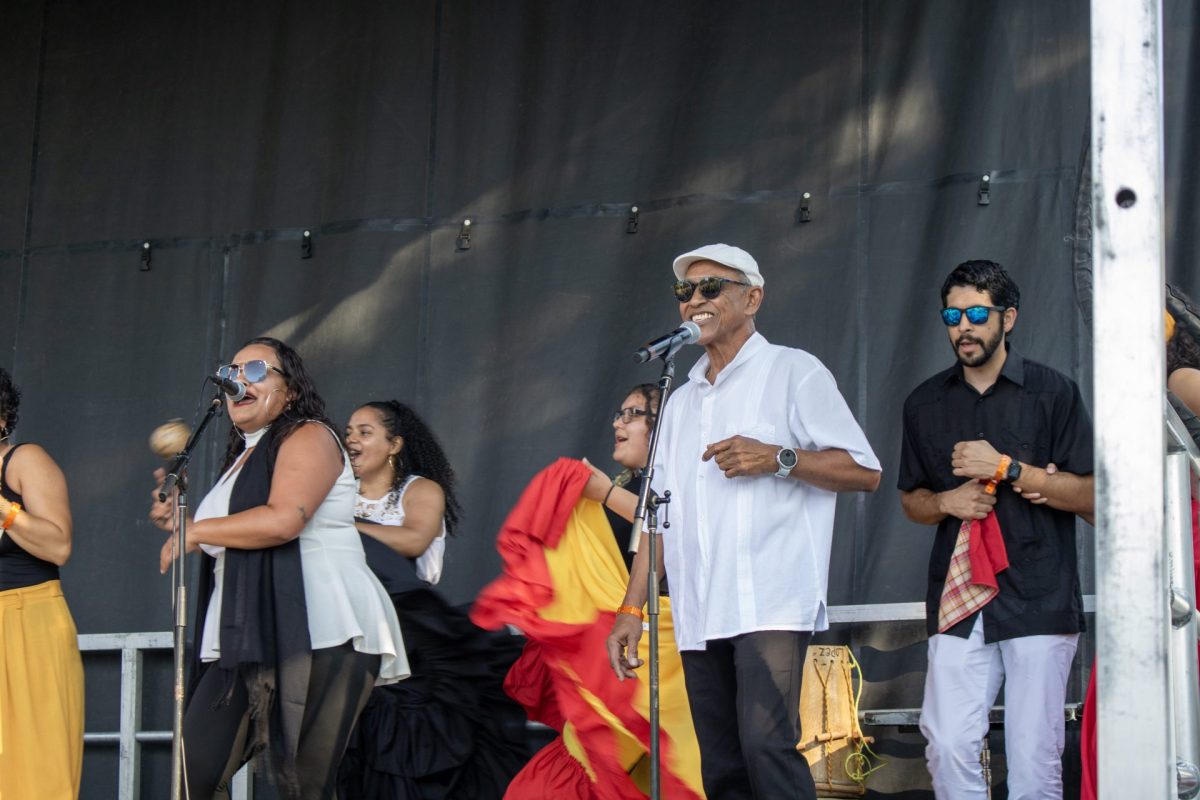

The Center of Peruvian Arts’ dance group also participated in the festival.
Rubén Pachas, the director of the Center of Peruvian Arts, and his wife and co-founder, Jessica Loyaga, have been teaching Peruvian dance to students in the Chicago Public School system. Their goal has been to promote Peruvian Culture since they immigrated from Peru in 2005, they said.
Both Pachas and Loyaga are arts teachers and were working in public education for seven years in Peru. When they landed in Chicago, they began teaching in CPS. They then opened their dance organization, Pachas said.
Pachas and his wife formed the dance group with their current and former students. The dance group gave Pachas the opportunity to teach young people of various ages and nationalities about Peruvian culture through dance, he said.
“The group has the characteristic of being a group of Indigenous, pre-Hispanic dances, but we also perform colonial and post-colonial dances, which encompass all the republican-era dances,” Pachas said in Spanish.
Through this dance group, Pachas and his wife not only educate their students but also help them to build their confidence.
“That’s what dance does. It gives you self-assurance and boosts your self-esteem,” said Pachas. “It shows you that you can do anything, not just dance but many things. That makes me feel happy… that’s what dance has done for me. When I was young, I learned many values from indigenous cultures, and that’s why I became interested in promoting them.”
Pachas said he has had the opportunity to watch his students grow their confidence while teaching them traditional indigenous dances from Peru. When he was a boy, Pachas traveled and lived with indigenous communities in Peru and was able to learn these dances from them.
Sharing these values helps Pachas keep traditions from Indigenous cultures alive among younger generations.
“That’s what I taught in Lima, Peru, and that’s what we’ve taught here in the schools… that’s how indigenous cultures learned, through the transmission of values, the transmission of knowledge,” Pachas said. “That’s what we do, we transmit this through practices, knowledge, and they pick it up, develop it, and adapt it to their lives.”
The cultural center planned four dates to host the festival in different neighborhoods across Chicago, Mulcahy said.
The festival began at the Old Town School of Folk Music on the North Side. It later expanded to the Logan Center for the Arts on the South Side, and the most recent event was held at the Global Peace Picnic in Humboldt Park on the North-West Side. Their latest event will be held at the Segundo Ruiz Belvis Cultural Center at 4046 W Armitage Ave. on Oct. 12.


